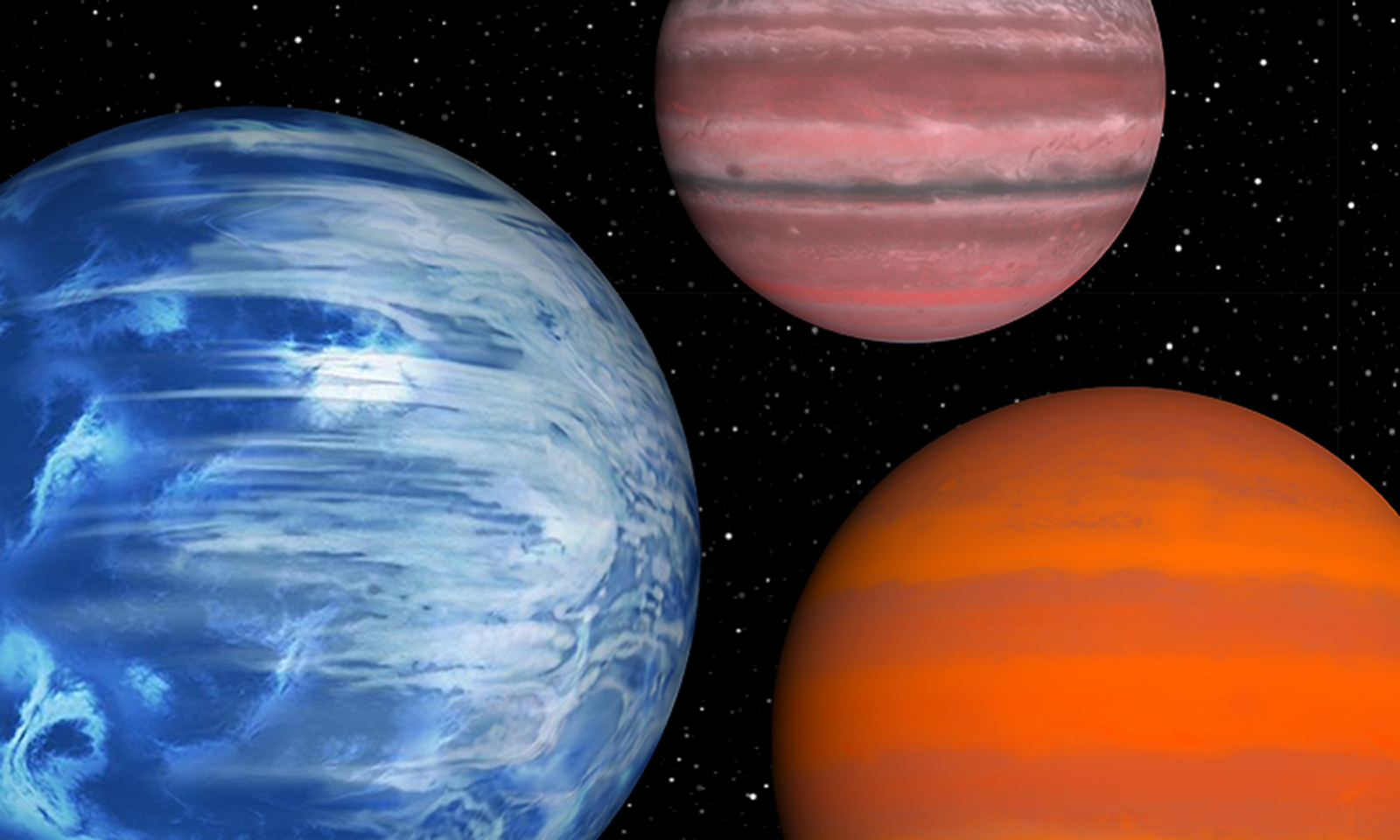Now Reading: Exploring the Universe’s 7 Most Extreme Planets
-
01
Exploring the Universe’s 7 Most Extreme Planets
Exploring the Universe’s 7 Most Extreme Planets

Swift Summary
- The article explores seven planets with the most extreme and bizarre climates in the universe.
- Neptune: characterized by supersonic winds (1,200 mph), diamond rain, and chilling temperatures (-396°F).
- 55 Cancri e: A lava-covered planet with up to 3,500°F on its dayside; has a unique carbon dioxide-rich atmosphere despite proximity to its star.
- TrES-2 b: The darkest exoplanet known, absorbing 99.9% of light; glows faintly due to thermal emission with temperatures up to 3,140°F on dayside.
- KELT-9 b: A super-Jupiter as hot as some stars (7,800°F), losing parts of its atmosphere rapidly due to extreme radiation exposure and disintegration speed (~68 Earth masses every billion years).
- HD 189733 b: Known for cobalt-blue hues but rains molten glass sideways amid winds reaching 5,400 mph-a hostile environment unsuitable for life as we certainly know it.
- GJ 9827 d: A “steam world” composed largely of water vapor at ~450°F-potentially offering clues about astrobiological possibilities despite likely being uninhabitable.
- WASP-76 b: Vaporizes metals like iron on its dayside; suspected iron rain occurs upon condensation when carried to the cooler nightside.
Indian Opinion Analysis
The planetary tour detailed above offers insights not only into the diversity of cosmic environments but also into scientific curiosity that drives humanity’s exploration efforts beyond Earth’s bounds-essential groundwork for India’s aspirations in space technology and planetary science.
As India continues investing heavily in space missions (e.g., Chandrayaan lunar exploration or Gaganyaan human spaceflight), understanding such extreme conditions is key for developing future technologies capable of venturing deeper into our solar system or exoplanets nearby.
Studying atmospheres like those described might advance India’s focus on climate modeling innovations back home while paving nuanced research opportunities (e.g., atmospheric resilience systems). While prospects remain theoretical regarding human habitation/adaptation across distant worlds today-observatories integrating international data cues elevate NASA-Isro collaborations toward steps tackling vast-scale unsolved questions scientifically/compatibly bridging creative optimism globally expanding equal-field sharing aligned discoveries connecting non-partisan open more scientific horizons boosting Active stewardship gains Read More post!
Read More at Nautilus























